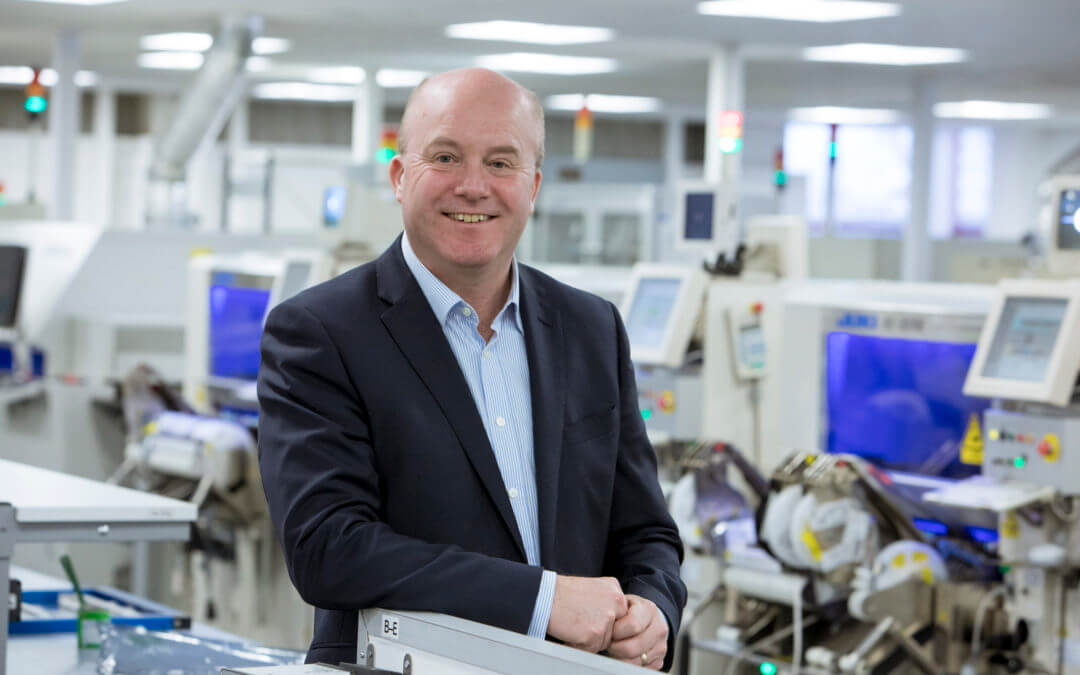Every new electronic product needs to be tried and tested before it can be launched to market. A significant contributing factor in how Electronic Manufacturing Services (EMS) providers can reduce the speed of this process whilst still maintaining product quality and reducing costs, is Rapid Prototyping (RP).
Electronic product prototypes: Why they are needed
Our customers need a working version of their Printed Circuit Board Assembly (PCBA) to validate that the circuits function to the specification as anticipated. It also shows design teams that the circuits fit into the size and space required and can begin to undergo extended testing. Software development is often delayed until a working hardware platform becomes available, so the prototypes are needed before this can go ahead. As such, prototypes are often subject to last-minute change and modification as a result of this testing and development.
The time between completing a circuit design and checking that it works can often delay the product’s release to market, plus if anything is not compliant with requirements, then a re-design can unexpectedly become necessary. This is why it’s so important to trial and test the design before progressing product development. It’s also why a rapid prototype is preferable: the sooner tests can begin, the better for the customer and the quicker it can get its products modified and out to market.
Key benefits of our rapid prototyping approach:
- Batch sizes: Prototypes are usually created in batches of 5-10, which enables the circuit design to tested and validated with some to spare, yet is not a cost-effective quantity to produce in terms of purchasing materials and construction labour. At Chemigraphic, we advise optimal batch sizes which avoid any wastage and increase the cost-efficiency of the prototyping process.
- Component stock: The longest component lead-time is usually the gateway to delivery and in certain circumstances, component availability can start to wane, resulting in shortages, as we’ve seen with passive parts in recent months. Manufacturers and distributors sell in volume and often have minimum order quantities, therefore parts for prototypes are generally limited to catalogue availability, adding to the price. However, we always take steps to mitigate this issue and we hold over 50,000+ part lines, meaning we can often supply components from our own stock.
- Early engagement in circuit design: RP provides the option for a collaborative approach, as both in-house design teams and EMS design experts can contribute ideas towards the product design. We support our customers by engaging early on in their design process with our New Product Introduction (NPI) team determining their exact product requirements and develop them within an RP framework. This approach means we can make sure our customers’ products are made with long-term efficiency, life and cost-reduction in mind, at the point where the design is still fluid.
- Smart software: We have a custom-developed, innovative programme which takes a customer’s bill of materials, compares this against our in-house stock base and then filters this out via APIs to various distributor networks. This is a rapid way to establish baseline costs and sets us apart from many of our competitors, who will need to approach this process manually.
- Labour estimates: We have developed sophisticated labour estimate algorithms, which allow us to generate accurate and rapid labour costing based on the construction of specific items. Actual process times are measured with set KPIs against these estimates, meaning we can stay on top of progress and ensure they are realistic and sustainable.
- Speed, not haste: When we produce rapid prototypes, we do not cut corners in terms of process, measurement or quality, which results in tangible and significant benefits for our customers.
- Seamless transition: We use the same equipment which will be used for volume production. In this way we are also checking the product’s readiness and allowing for a smooth transition to large scale production.
- Monitoring progress: Wherever possible, we build-in attrition and contingency plans. This means that even if things go wrong, we can still deliver the full amount requested. We also understand that each customer has their own specific requirements and we are happy to accommodate these, for example welcoming customers on-site to validate tests when the first-offs exit the line, or arranging first-offs to be shipped as a priority.



